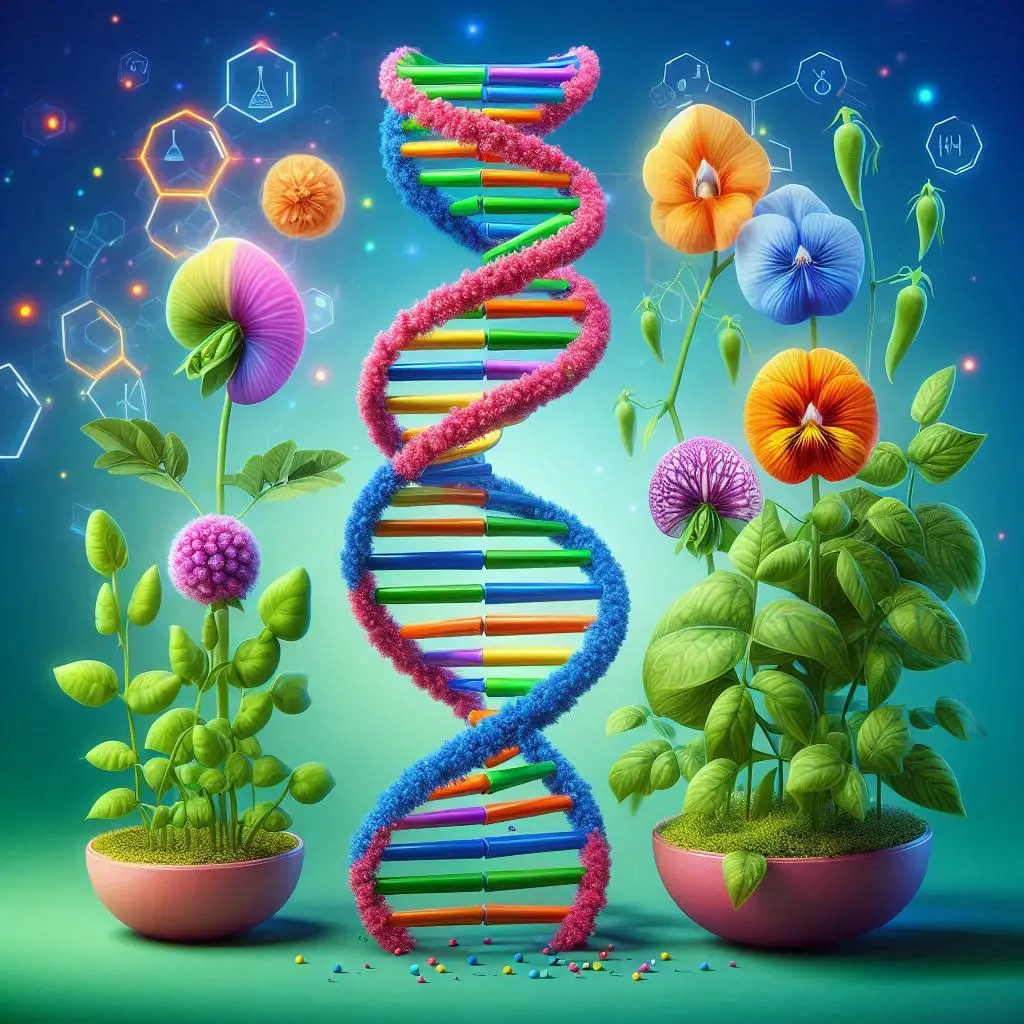Microarray Technology in Veterinary Medicine

What is Microarray Technology?
Microarray technology involves a small chip that contains thousands of DNA sequences. These sequences can hybridize, or bind, to complementary DNA or RNA samples from animals. By measuring the binding, researchers can determine which genes are active in a particular sample. This process provides valuable insights into gene expression and helps identify genetic markers for diseases.
How Does Microarray Technology Work?
- Sample Preparation:
The first step involves extracting RNA from the animal’s tissues or blood samples. Researchers then convert this RNA into complementary DNA (cDNA). - Hybridization:
The cDNA is applied to the microarray chip. Each spot on the chip corresponds to a specific gene. If the cDNA binds to a spot, it indicates that the gene is expressed in the sample. - Scanning and Data Analysis:
After hybridization, a scanner detects the fluorescent signals from the bound cDNA. The intensity of these signals indicates the level of gene expression. Researchers then analyze this data to identify patterns and significant changes.
For more detailed information on how microarrays function, you can refer to Nature Reviews Genetics.
Applications of Microarray Technology in Veterinary Medicine
Microarray technology has numerous applications in veterinary diagnostics and research. Here are some key areas where it has made a significant impact:
1. Disease Diagnosis and Management
Microarrays play a crucial role in diagnosing various diseases in animals, including infectious diseases and cancers. For instance, researchers have used microarrays to identify gene expression profiles associated with specific pathogens like Canine Parvovirus. This information helps veterinarians make informed decisions about treatment options.
Case Study: Feline Leukemia Virus (FeLV)
Feline leukemia virus (FeLV) is a significant health concern for cats. Using microarray technology, researchers discovered specific gene expression changes associated with FeLV infection. This finding aids in developing targeted therapies and improving diagnostic tests.
2. Understanding Disease Mechanisms
Microarrays help researchers understand the molecular mechanisms underlying various animal diseases. By comparing gene expression profiles between healthy and diseased animals, scientists can identify critical pathways involved in disease progression.
Example: Canine Osteosarcoma
In studies of canine osteosarcoma, microarrays have revealed alterations in gene expression that contribute to tumor growth and metastasis. Understanding these pathways can lead to better treatment strategies and improved outcomes for affected dogs.
3. Biomarker Discovery
One of the most promising applications of microarray technology is biomarker discovery. Biomarkers are biological indicators that can signal the presence of disease or predict its progression.
Example: Equine Metabolic Syndrome (EMS)
Researchers have utilized microarrays to identify potential biomarkers for equine metabolic syndrome (EMS). By analyzing gene expression profiles in affected horses, they discovered specific genes linked to insulin resistance and obesity. These findings may lead to early diagnosis and intervention strategies.
4. Genetic Testing
Microarrays are also valuable tools for genetic testing in animals. They can identify genetic mutations associated with inherited diseases.
Example: Canine Hip Dysplasia
Canine hip dysplasia is a common genetic disorder affecting many breeds. Researchers have used microarrays to identify genetic markers linked to this condition. This information allows breeders to make informed decisions about mating pairs, reducing the incidence of hip dysplasia in future generations.
Advantages of Microarray Technology
Microarray technology offers several advantages over traditional methods:
High Throughput Capability
Microarrays allow for simultaneous analysis of thousands of genes, saving time and resources compared to individual tests.
Cost-Effectiveness
While initial setup costs may be high, microarrays can reduce overall testing costs by providing comprehensive data from a single experiment.
Versatility
Microarrays can be adapted for various applications, including cancer research, infectious disease diagnostics, and genetic testing.
Challenges and Limitations
Despite its advantages, microarray technology also faces challenges:
Data Complexity
The vast amount of data generated by microarrays can be overwhelming. Proper analysis requires advanced bioinformatics tools and expertise.
Standardization Issues
Variability in sample preparation and processing can affect results. Standardizing protocols is essential for reliable comparisons across studies.
Limited Resolution
Microarrays may not detect low-abundance transcripts effectively. Other technologies like RNA sequencing may complement microarrays for more comprehensive analysis.
Future Directions
As technology advances, the future of microarray applications in veterinary medicine looks promising:
Integration with Other Technologies
Combining microarrays with next-generation sequencing (NGS) could enhance data resolution and provide deeper insights into animal health.
Personalized Medicine
Microarray technology may pave the way for personalized medicine approaches in veterinary care. Tailoring treatments based on an animal’s unique genetic profile could improve outcomes significantly.
Expanded Research Applications
Ongoing research will likely uncover new applications for microarrays in veterinary science, including studies on emerging infectious diseases and complex genetic disorders.
Conclusion
Microarray technology has transformed veterinary medicine by providing powerful tools for diagnostics, disease understanding, and biomarker discovery. Its ability to analyze thousands of genes simultaneously enhances our knowledge of animal health issues significantly. As research continues to evolve, we can expect even more innovative applications that will benefit both animals and veterinarians alike.
For more pearls of Vets Wisdom:
Crossing Inbred Lines




Responses